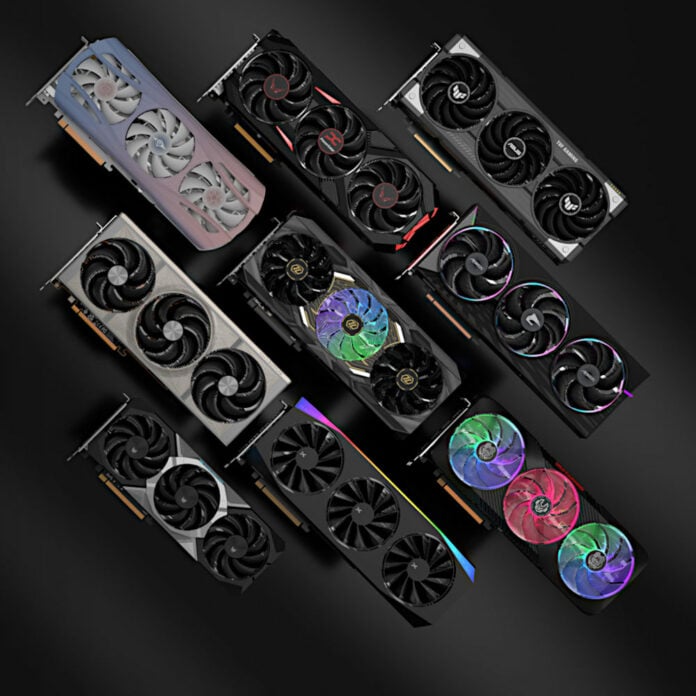At last, AMD has given its Radeon RX 9000 Series graphics cards a proper reveal. We now have an official word on most specifications for both RX 9070 XT and RX 9070, as well as some performance estimates. The company also confirmed its launch plans, as it prepares its new pixel pushers to hit the market on March 6.
Radeon RX 9000 Series marks the debut of AMD RDNA 4 graphics architecture. I’ll be taking a look at it in more detail in the coming days, alongside new additions to software including FSR 4. For now, though, all you need to know is that it promises to deliver better AI, rasterised, and ray traced performance through next-generation hardware accelerators.
Without further ado, let’s turn our attentions to Radeon RX 9070 XT and RX 9070.
Radeon RX 9070 XT
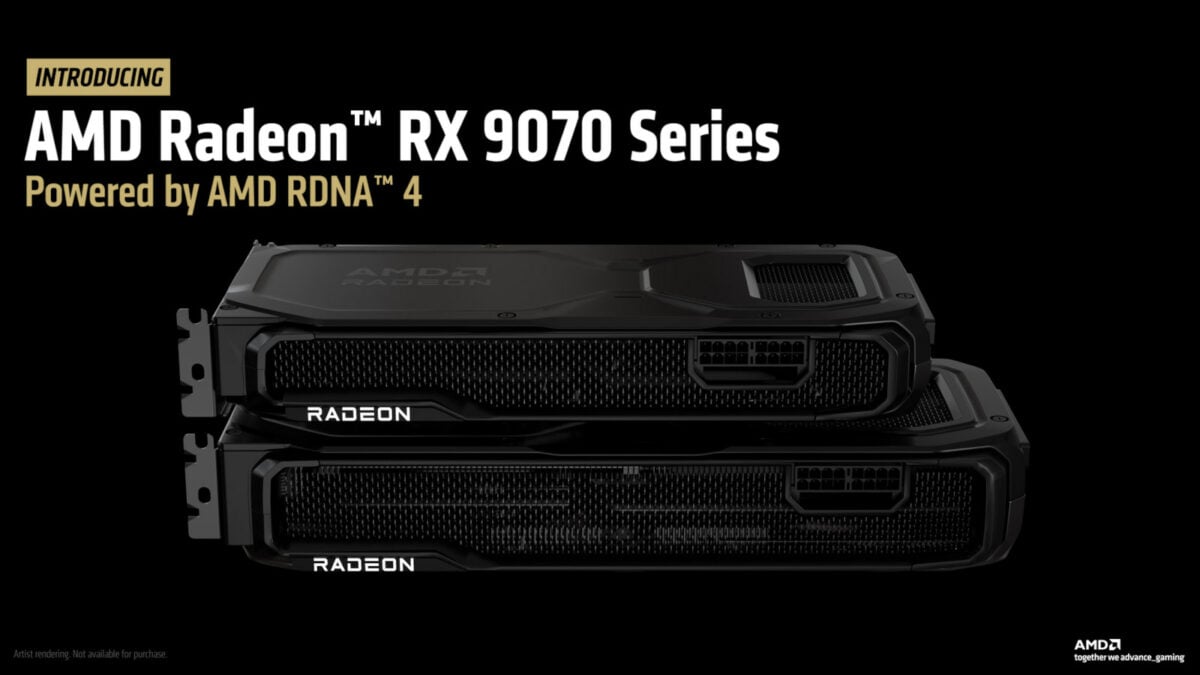
At the head of the family is Radeon RX 9070 XT, a showcase for the very best AMD’s RDNA 4 architecture has to offer.
While technically a flagship, it’s clear from its specifications alone that this graphics card isn’t hoping to compete with high-end alternatives. Instead, it firmly sets its sights on conquering the premium midrange market over its rival, namely GeForce RTX 5070 Ti.
| Radeon RX 9070 XT | |
|---|---|
| Released | March 2025 |
| Codename | RDNA 4 |
| GPU | Navi 4X |
| Process | TSMC N4 (4nm) |
| Boost clock | 2,970MHz |
| Compute units | 64 (RDNA 4) |
| Ray tracing accelerators | 64 (3rd Gen) |
| AI accelerators | 128 (2nd Gen) |
| Peak INT4 TOPS w/Sparsity | 1,557 |
| Memory | 16GB |
| Mem. type | GDDR6 |
| Mem. clock | 20Gb/s |
| Mem. interface | 256-bit (PCIe Gen 5) |
| Mem. bandwidth | 640GB/s |
| Board power | 304W |
| Launch MSRP | $599 |
New architectures beget new GPUs and Radeon RX 9070 XT is no different. Inside its Navi 4X GPU die, you’ll find 64 RDNA 4 compute units housing 64 third-generation ray tracing accelerator and 128 second-generation AI accelerators. Its clock speeds are also notably higher than prior offerings, with a boost clock of 2,970MHz which will undoubtedly reach beyond 3GHz via board partner overclocks.
The memory configuration of the card mirrors the likes of Radeon RX 7900 GRE and 7800 XT, delivering a 16GB buffer running on a 256-bit bus. However, memory speed on RX 9070 XT is slightly faster at 20Gb/s, resulting in a modest improvement to bandwidth at 640GB/s. It also boasts a PCIe Gen 5 interface which will further assist with throughput thanks to its faster speeds.
A rated board power of 304W places a handful of watts ahead of GeForce RTX 5070 Ti (300W) and closer to Radeon RX 7900 XT’s footprint (315W). While this perhaps spells a small defeat for AMD in terms of efficiency, there’s little reason to loose sleep over this difference until we see the cards in action against one another.
Radeon RX 9070
As its name suggests, Radeon RX 9070 shares much in common with RX 9070 XT. The differences between each are subtle on paper but should translate more vividly in real-world performance.
| Radeon RX 9070 | |
|---|---|
| Released | March 2025 |
| Codename | RDNA 4 |
| GPU | Navi 4X |
| Process | TSMC N4 (4nm) |
| Boost clock | 2,520MHz |
| Compute units | 56 (RDNA 4) |
| Ray tracing accelerators | 56 (3rd Gen) |
| AI accelerators | 112 (2nd Gen) |
| Peak INT4 TOPS w/Sparsity | 1,165 |
| Memory | 16GB |
| Mem. type | GDDR6 |
| Mem. clock | 20Gb/s |
| Mem. interface | 256-bit |
| Mem. bandwidth | 640GB/s |
| Board power | 220W |
| Launch MSRP | $549 |
Radeon RX 9070 uses the same GPU as its more-powerful sibling albeit in a cutdown form, like RX 7900 XT before it. Compute unit, ray tracing accelerator, and AI accelerators fall to 56, 56, and 112, respectively, marking a 12% drop across the board. Meanwhile, boost clock speed is lower too at 2,520MHz.
AMD makes no cuts to the card’s memory configuration though, mirroring Radeon RX 9070 XT exactly. This should give it an advantage over GeForce RTX 5070 thanks to its larger buffer, which remains important to higher resolution gaming and some LLMs (Large Language Models).
Power consumption should also be markedly lower on Radeon RX 9070 than RX 9070 XT thanks to its rated board power of 220W (vs. 304W). Compared to its closest competitor, it calls for 30W fewer than GeForce RTX 5070 (250W), at least on paper.
Performance
AMD describes its Radeon RX 9070 Series as “built for 4K gaming” but stops short of putting its new cards side-by-side with previous or current-gen rivals. Instead, the company draws broad comparisons between Radeon RX 6000 and noticeably older GeForce RTX 30 series.
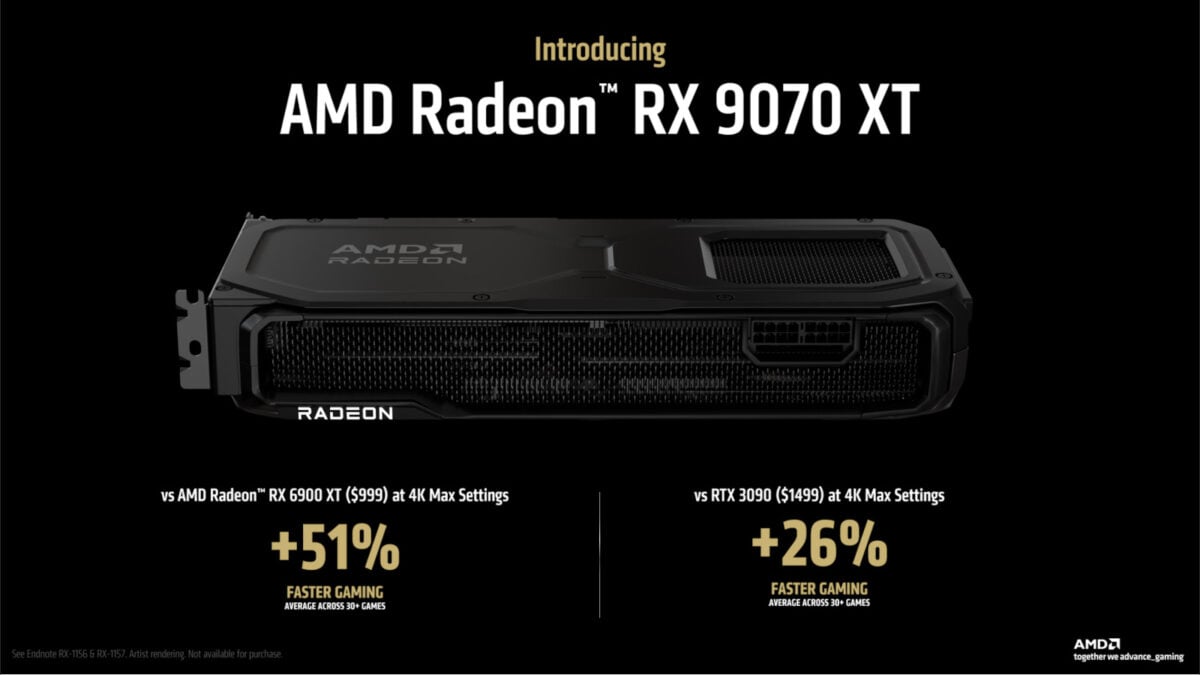
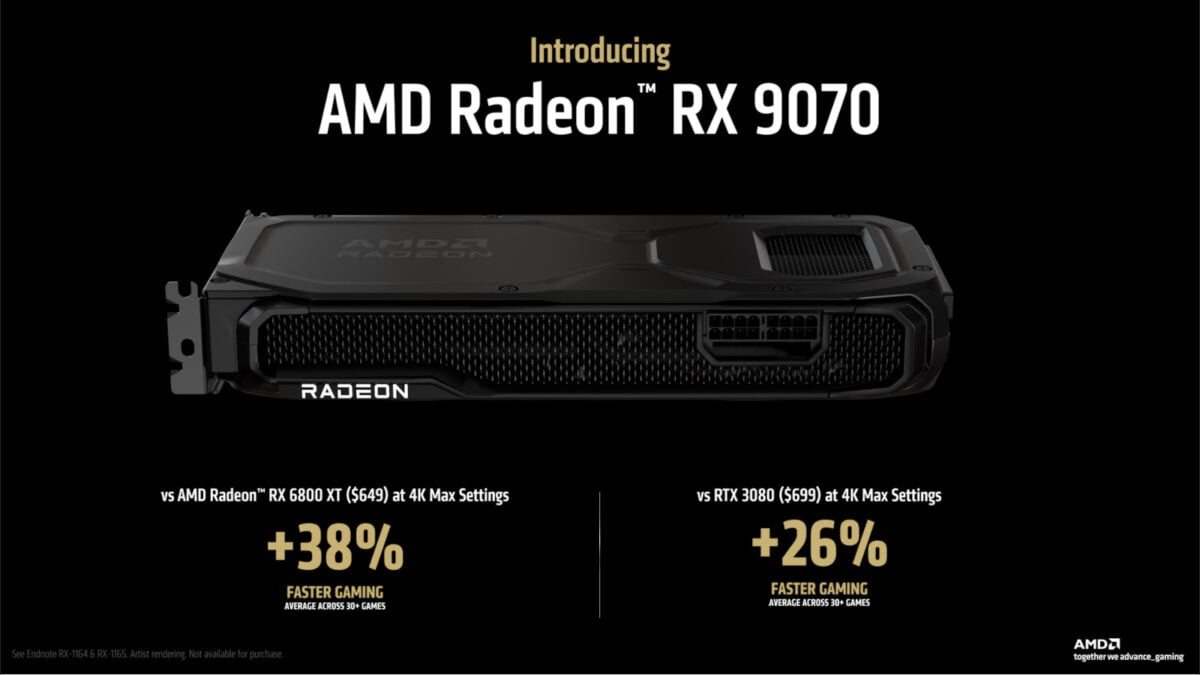
Averaged across 30 games, AMD claims Radeon RX 9070 XT is 51% faster than RX 6900 XT at 4K max settings but only 26% ahead of GeForce RTX 3090 under the same conditions. Meanwhile, the brand says RX 9070 is 38% faster than RX 6800 XT and pulls ahead of RTX 3080 by 26%.
The closest AMD comes to a detailed performance comparisons for its Radeon RX 9070 Series is versus its own Radeon RX 7900 GRE. However, there are no frame rates to digest here, and you’ll need to make do with relative percentiles at present.
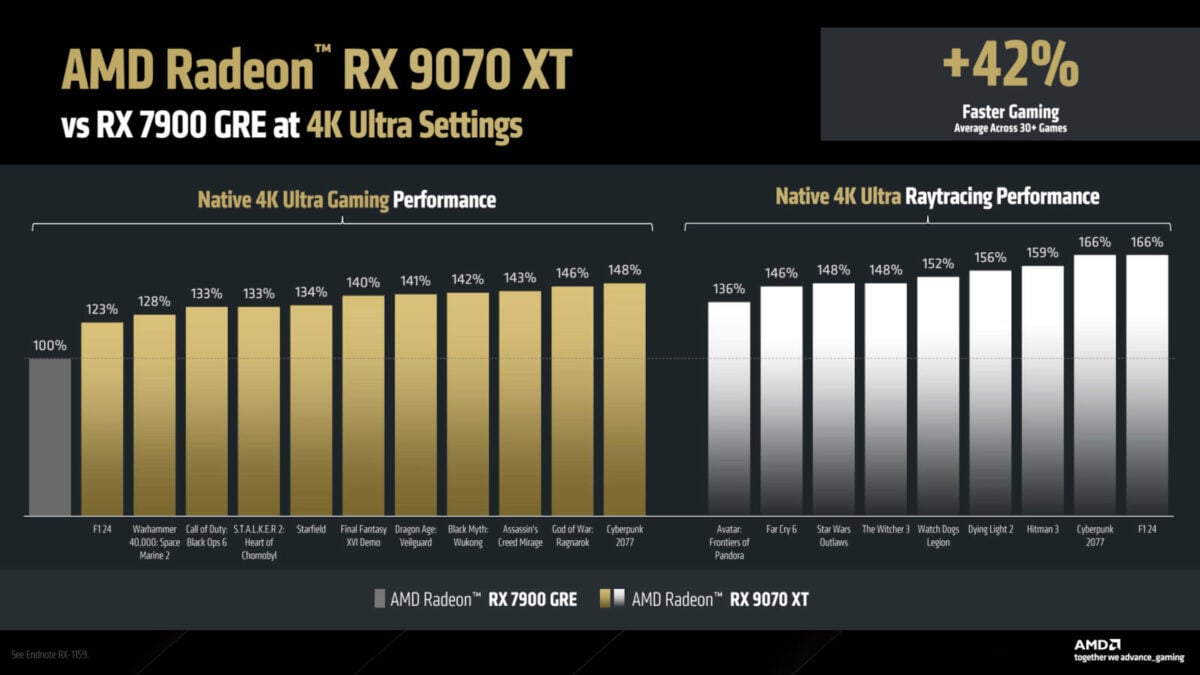
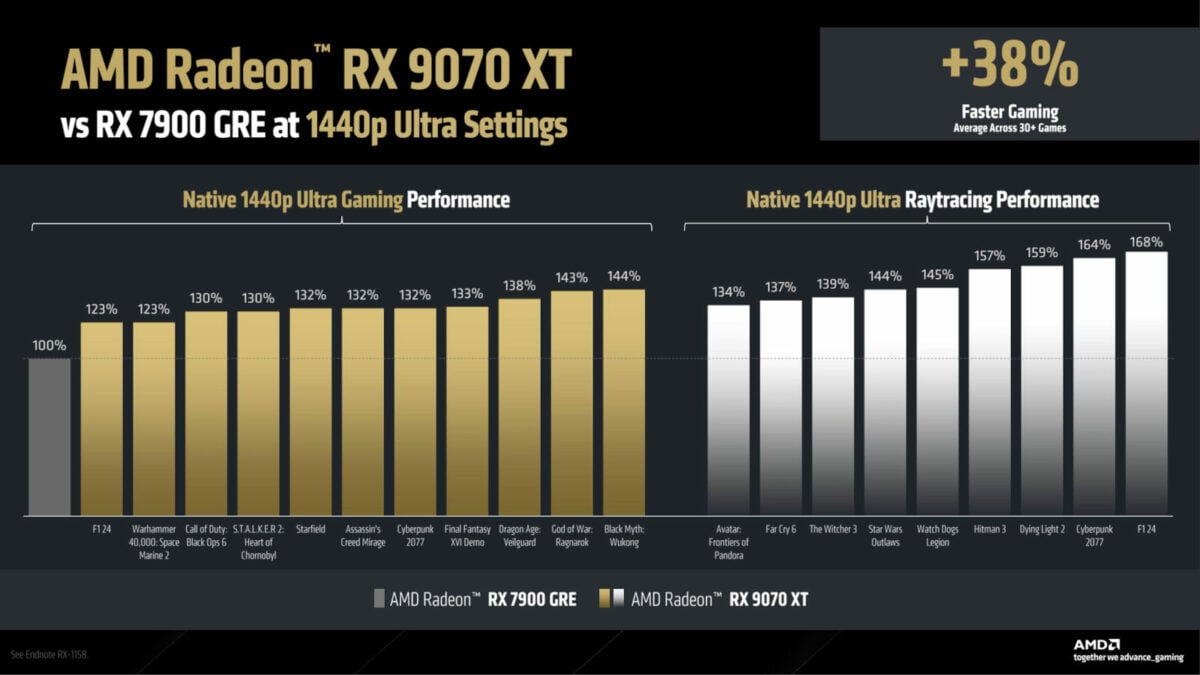
On the surface, AMD boasts that RX 9070 XT is 38-42% faster than RX 7900 GRE across QHD and UHD resolutions. This is a welcome generational uplift but it’s worth diving into the nitty gritty of the results available and separating raster from ray tracing.
Of the 20 examples provided, Radeon RX 9070 XT pulls ahead by an impressive 50-53% in ray traced games and makes sizeable gains in rasterised rendering too at 32-37%.
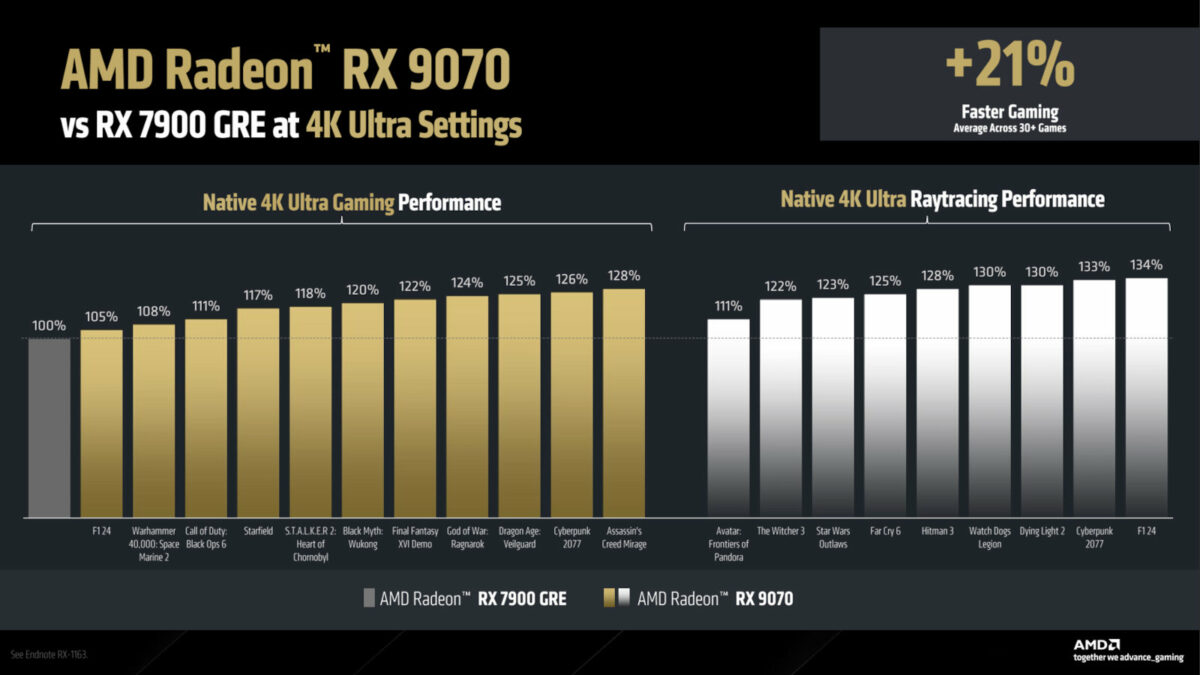
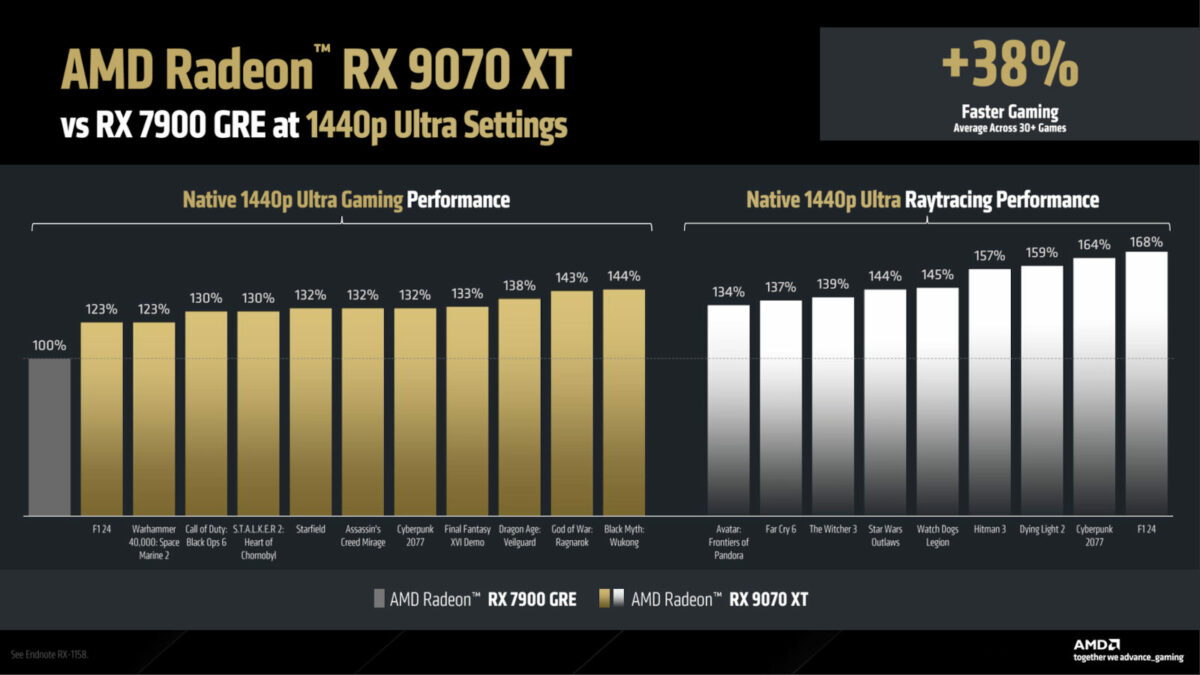
Shifting attentions to Radeon RX 9070, the card is 20-21% faster than RX 7900 GRE across QHD and UHD resolutions. While not as impressive an increase, it should be a noticeable bump in performance.
Taking a closer look at ray traced results, Radeon RX 9070 emerges 26% ahead of RX 7900 GRE and 17-19% on the rasterised front.
Digest the above charts with a bucket of salt, as you should with any first-party performance claims. While a useful guiding hand for what to expect from Radeon RX 9070 XT and RX 9070, their most important point of comparisons will ultimately be GeForce RTX 5070 Ti and 5070, respectively after all.
It’s also important to note that these charts only cover native rendering, sans any upscaling. There’s no avoiding the growing prevalence of both DLSS 4 and now FSR 4, a trend that I wholeheartedly welcome. These performance enhancement suites will play a large part in defining the value of Radeon RX 9070 Series, as they have already with Nvidia’s GeForce RTX 50 line-up.
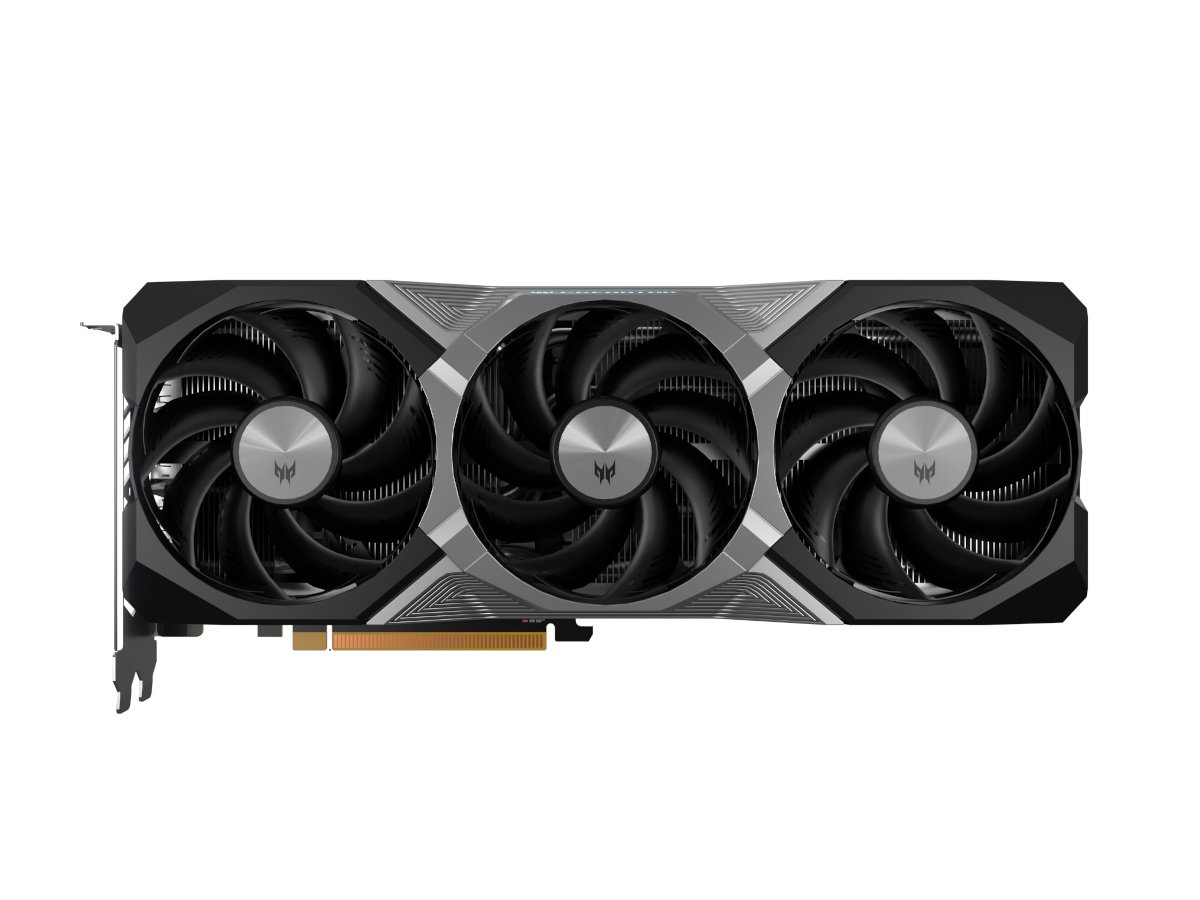
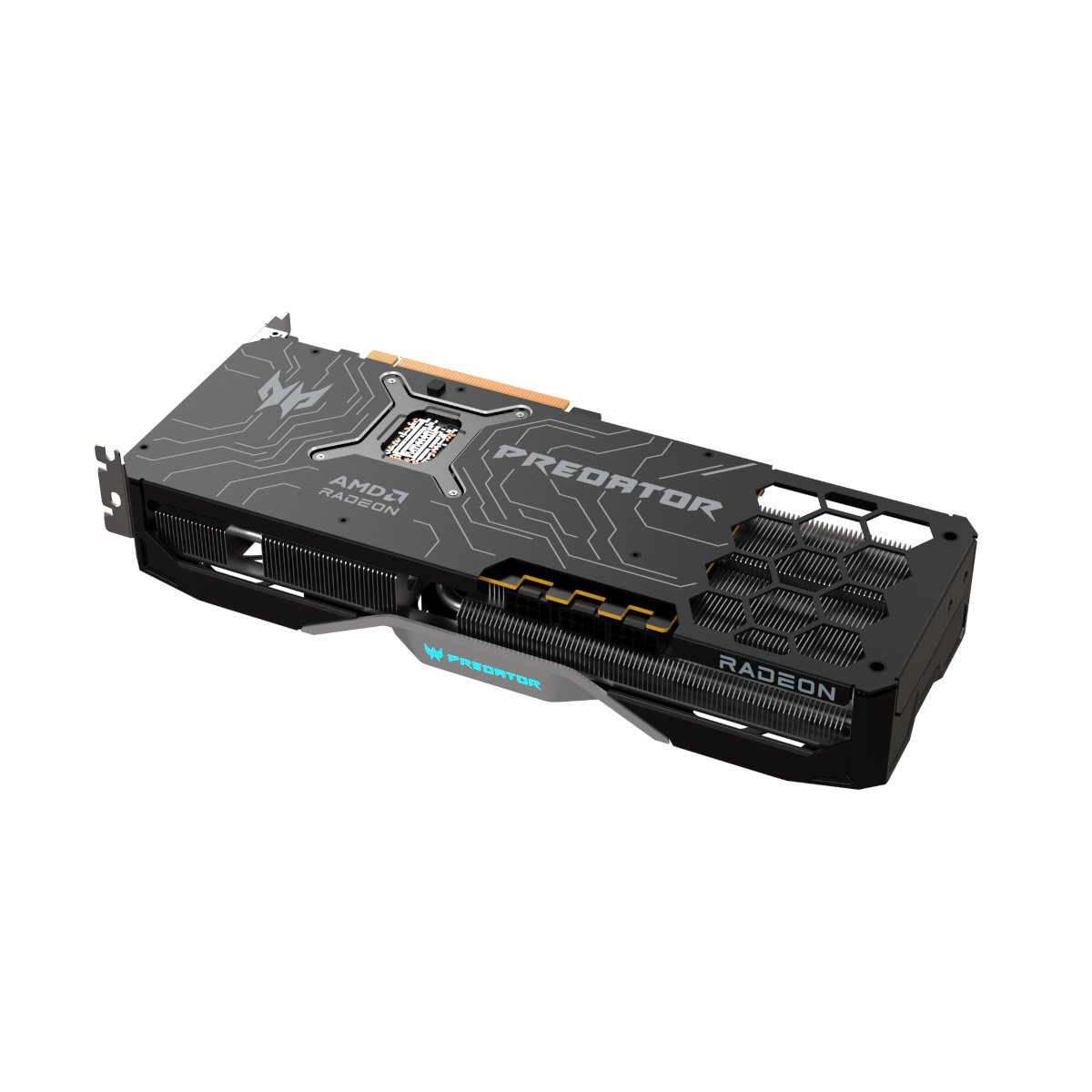
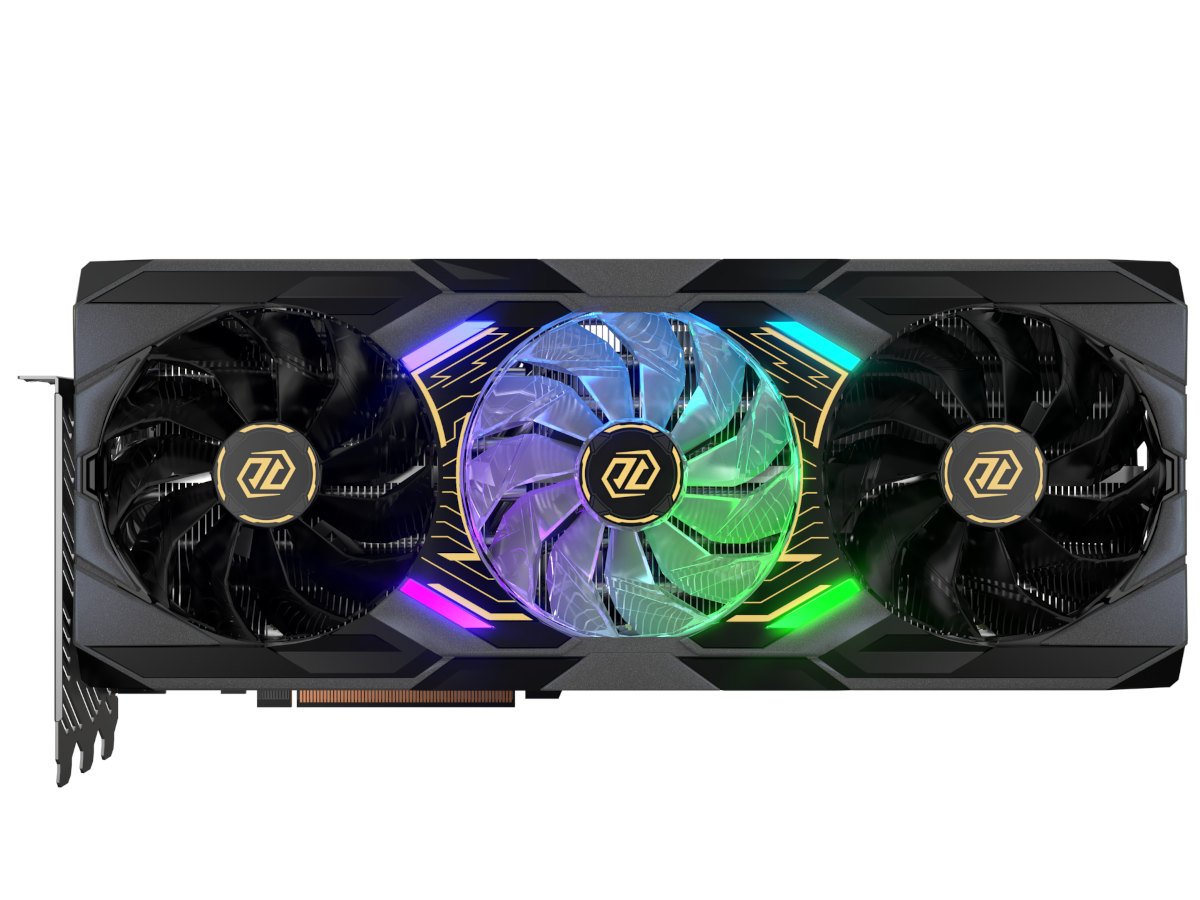
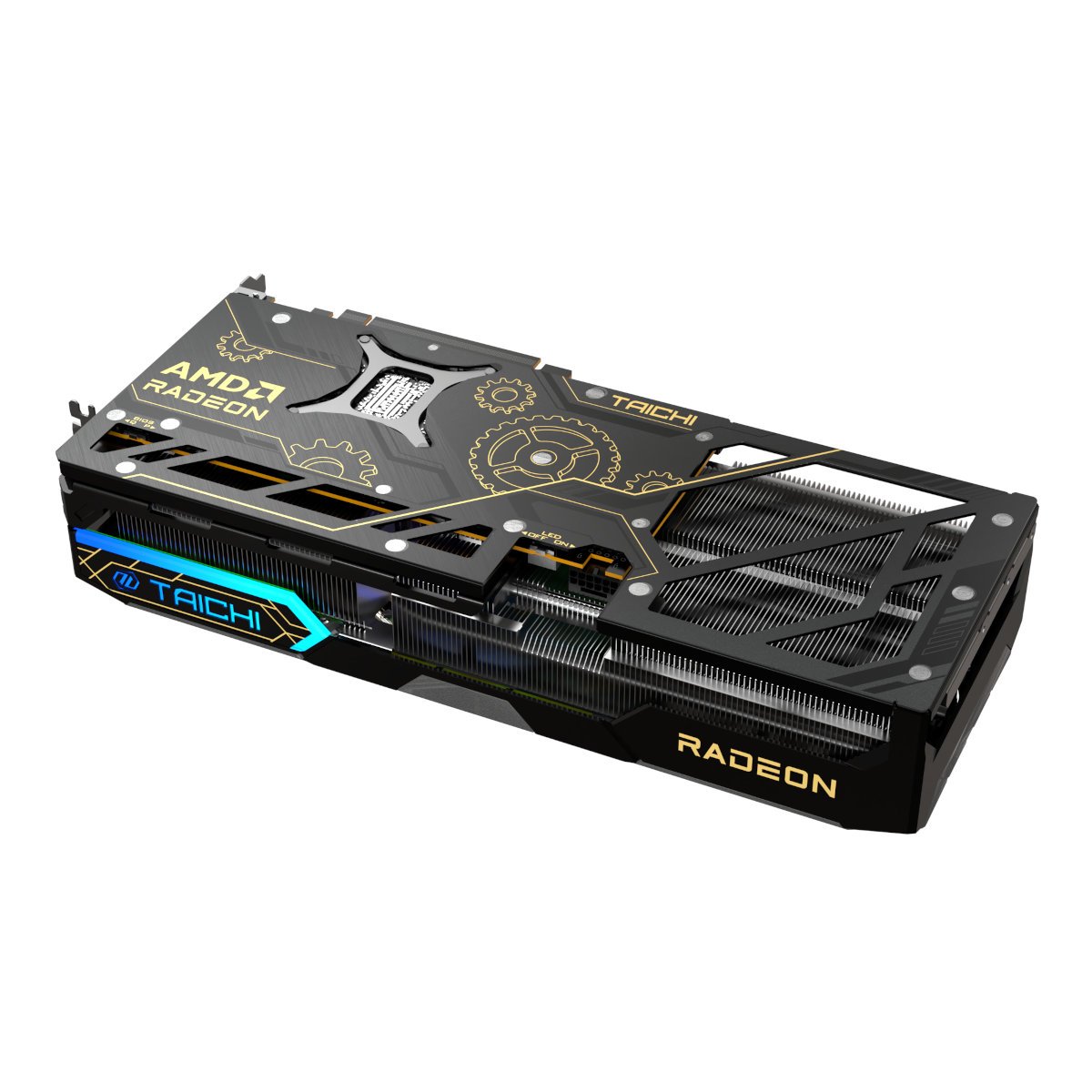
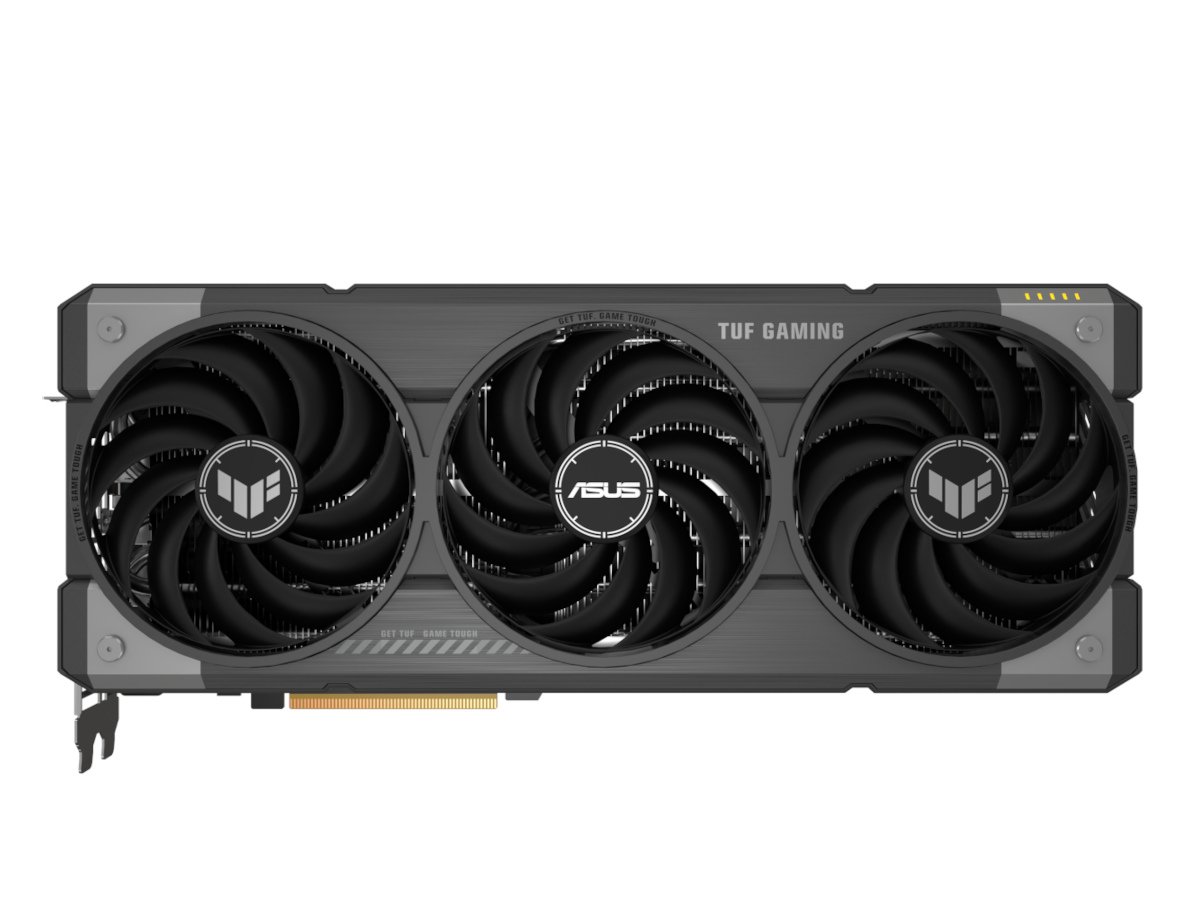
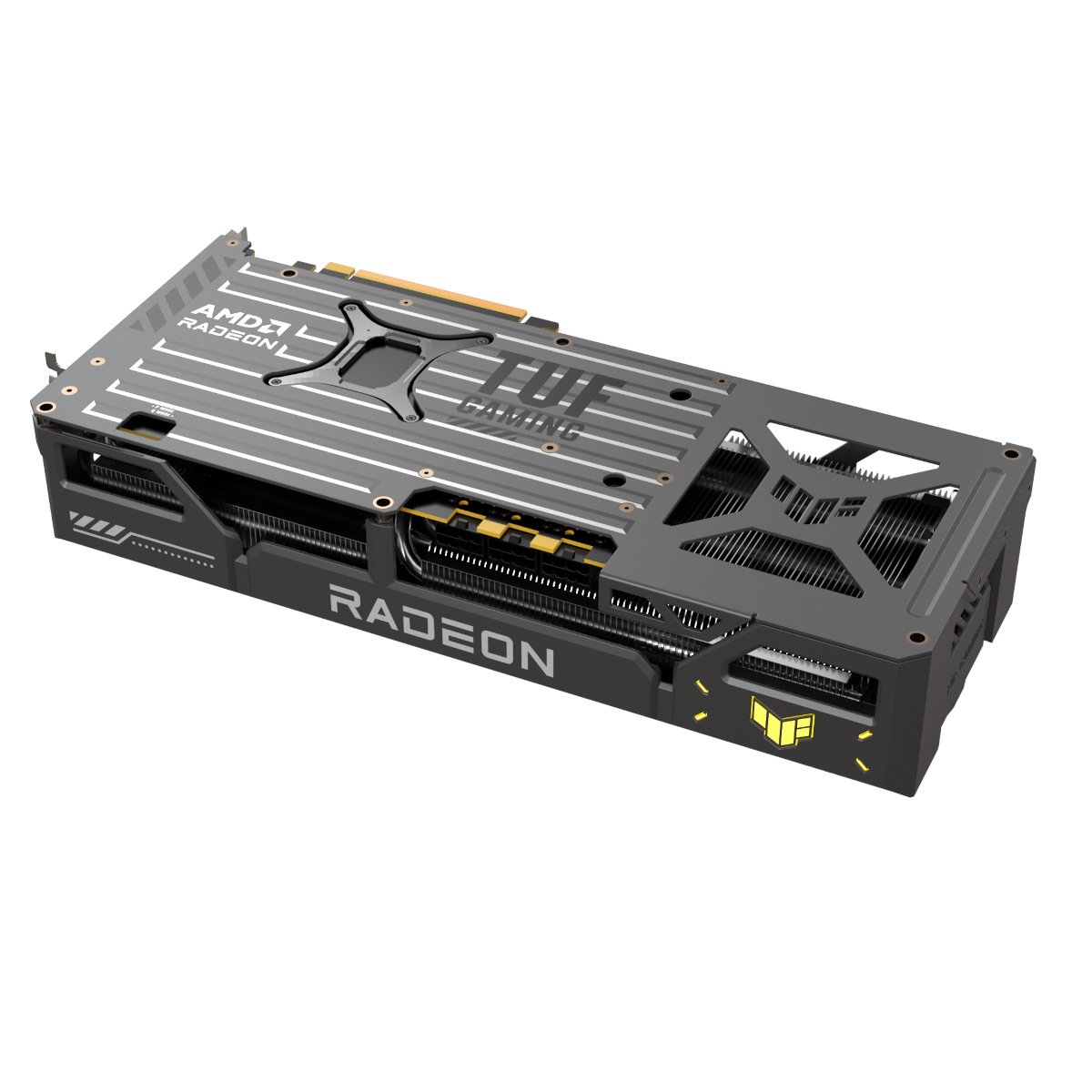
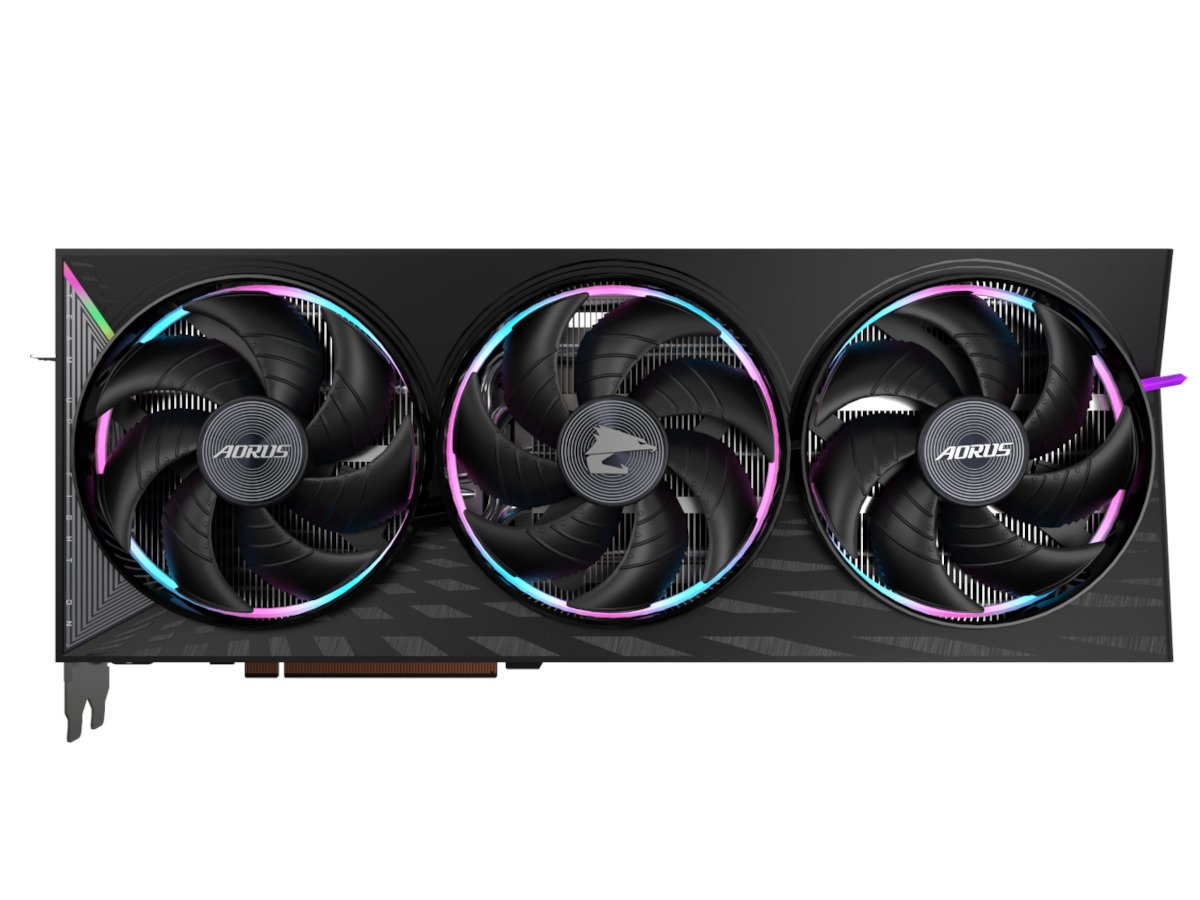
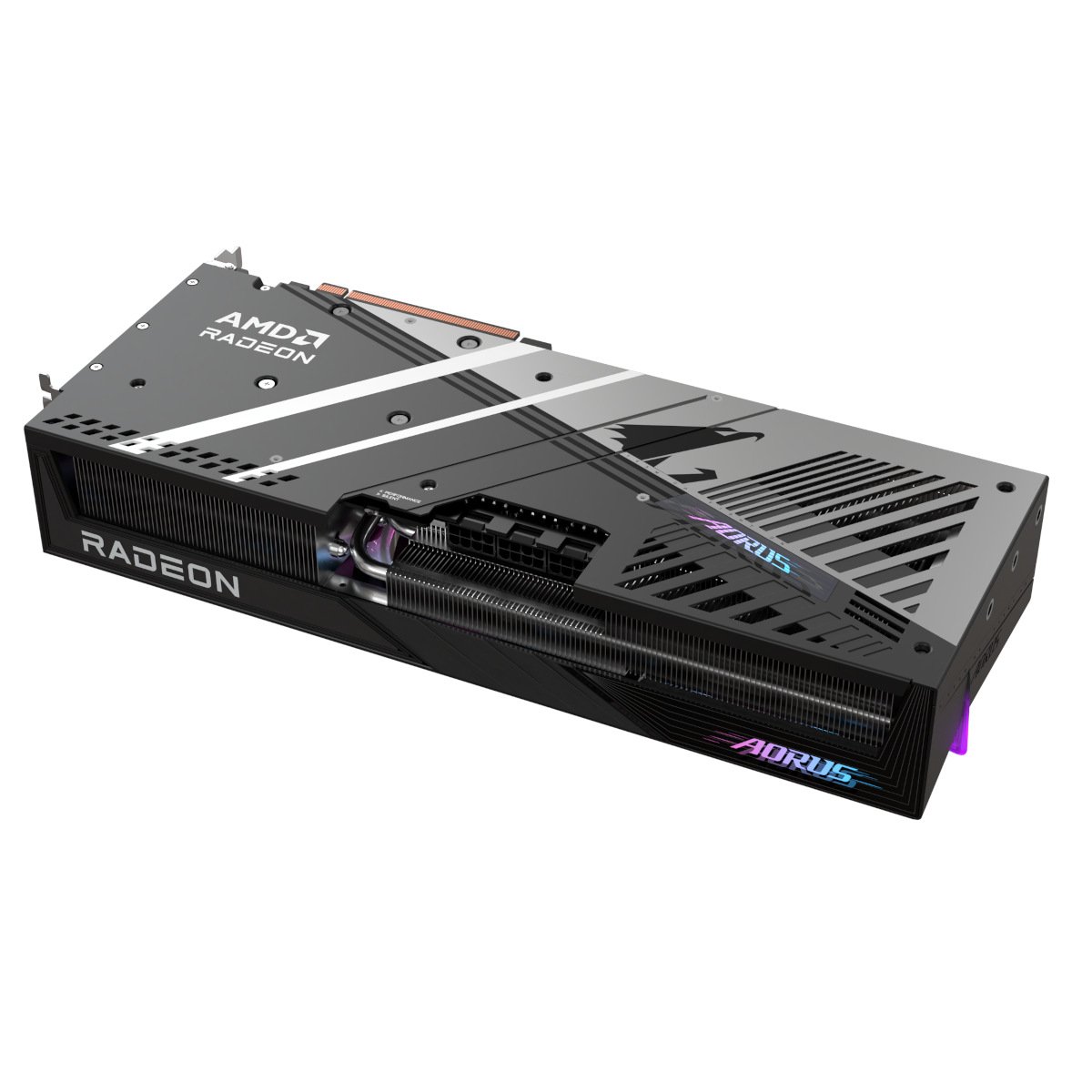
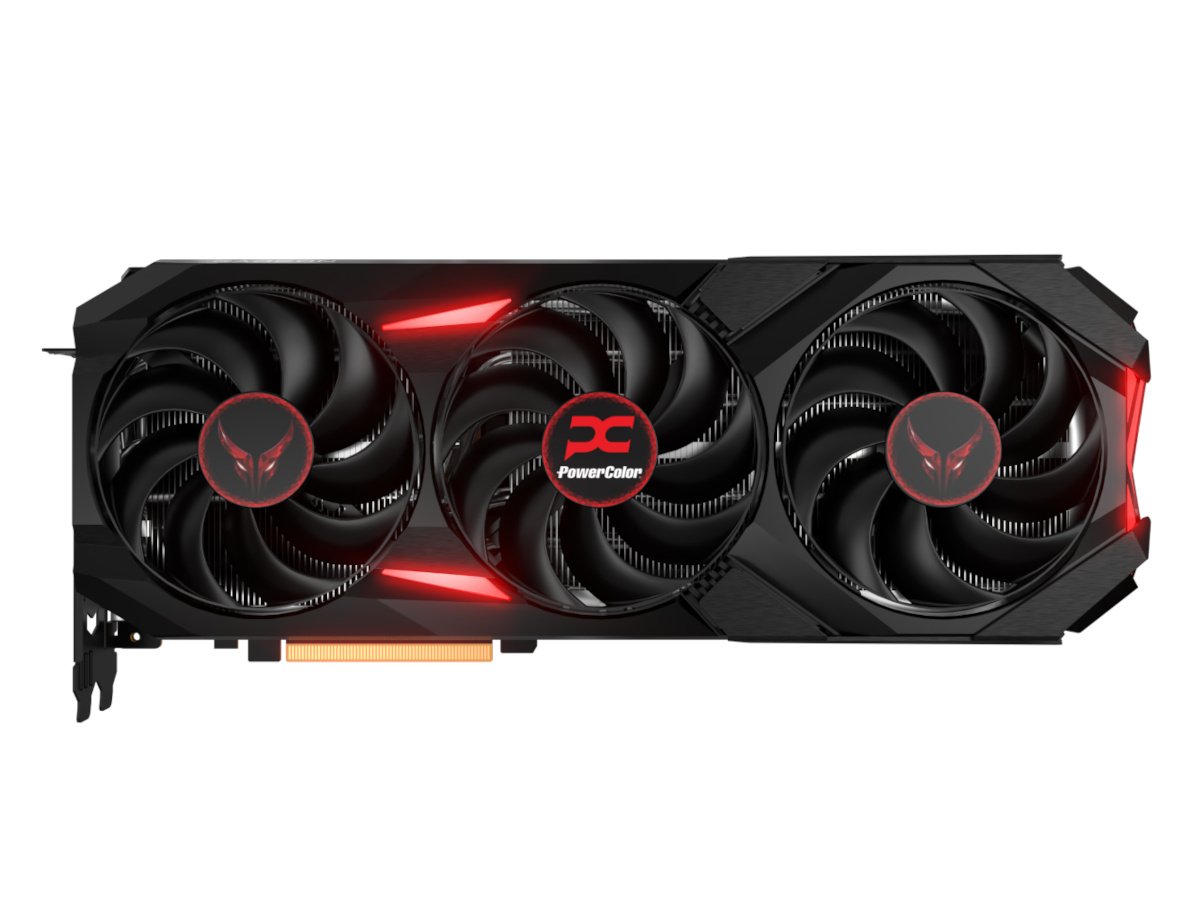
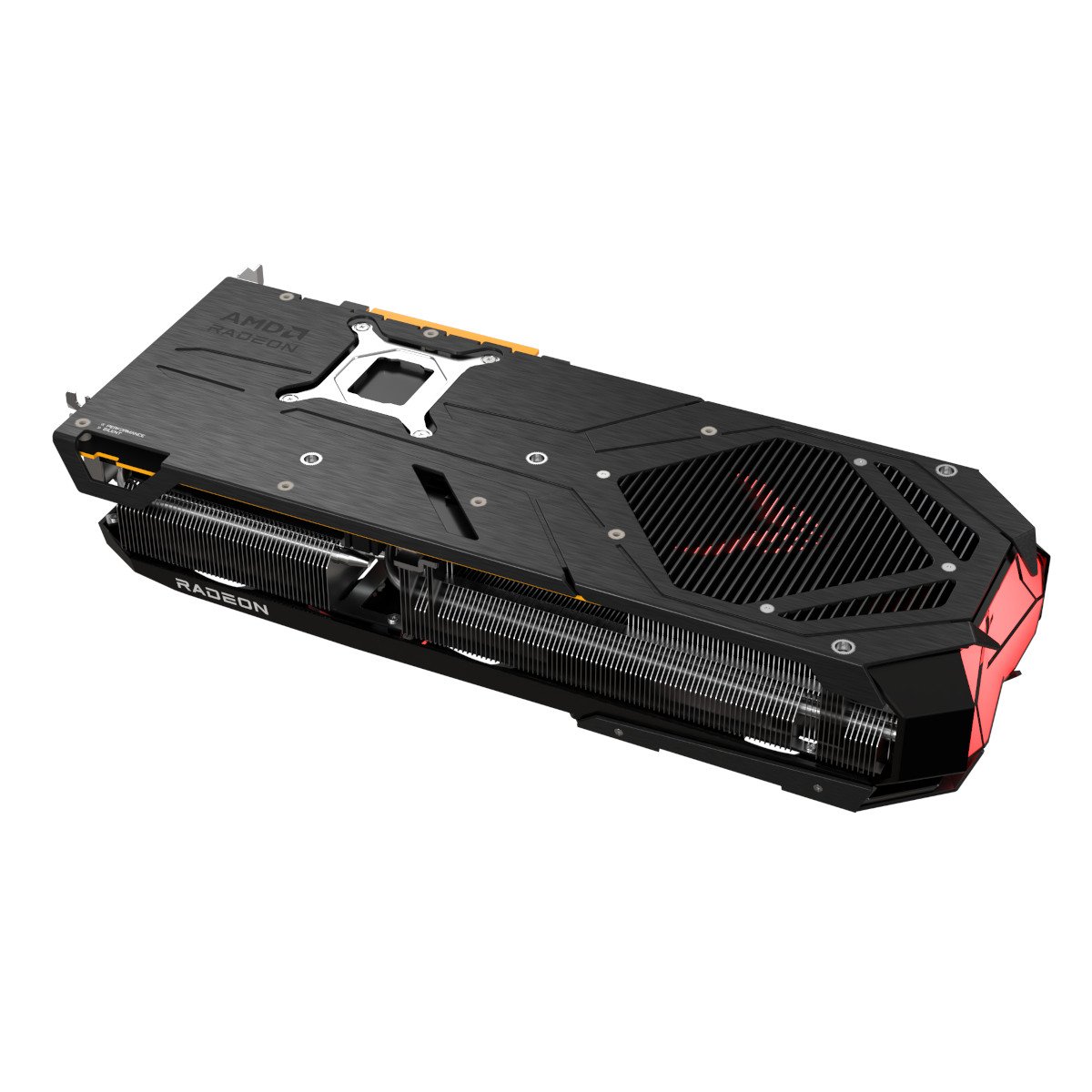
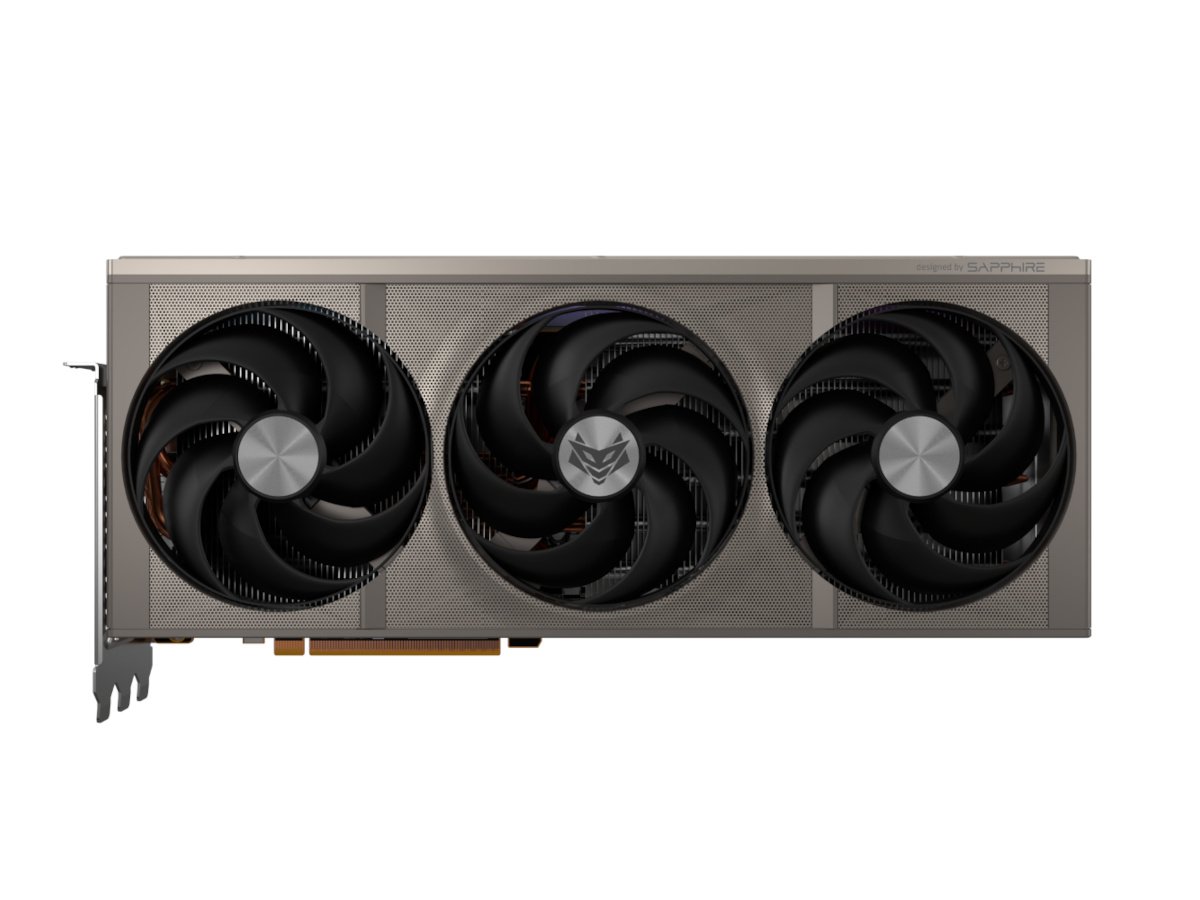
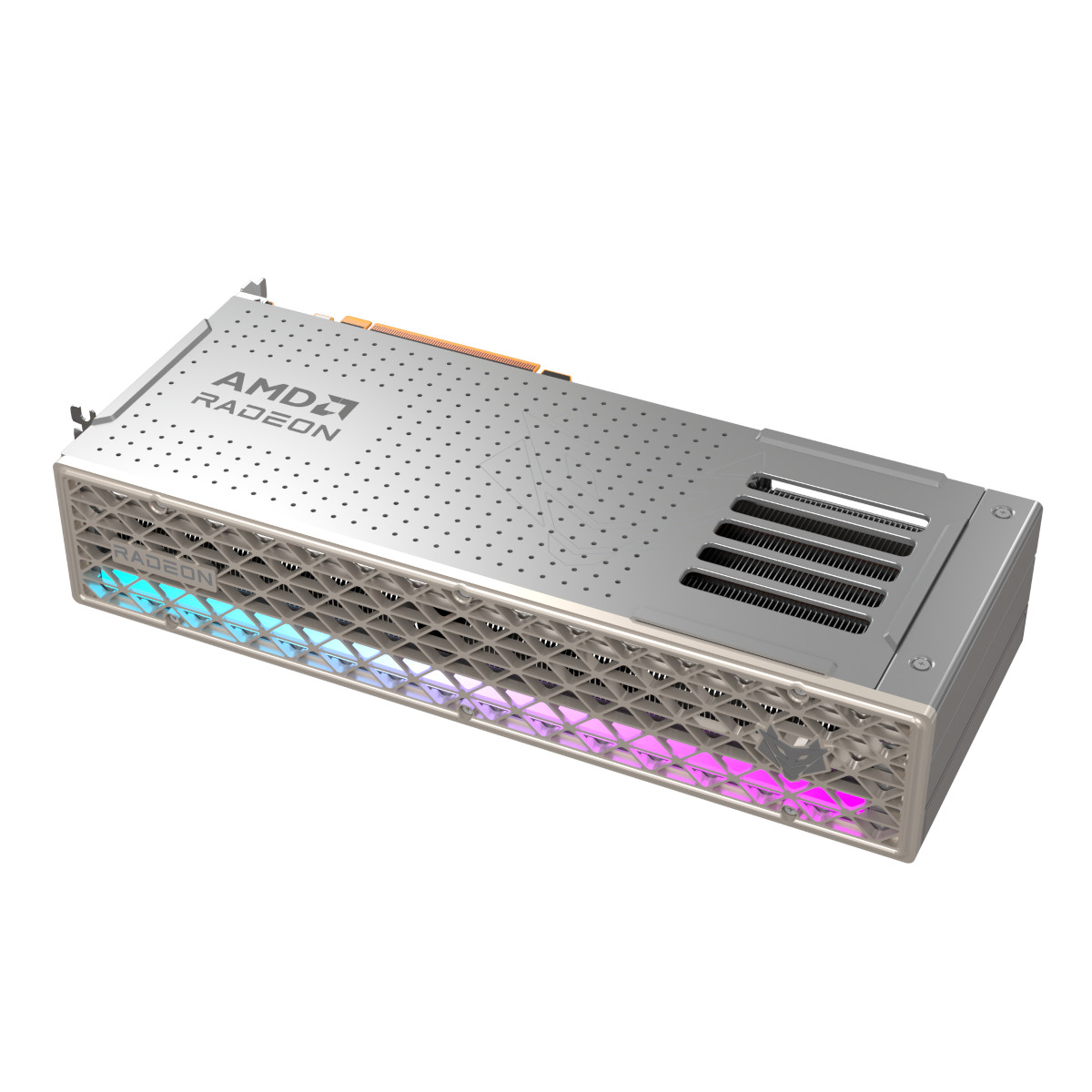
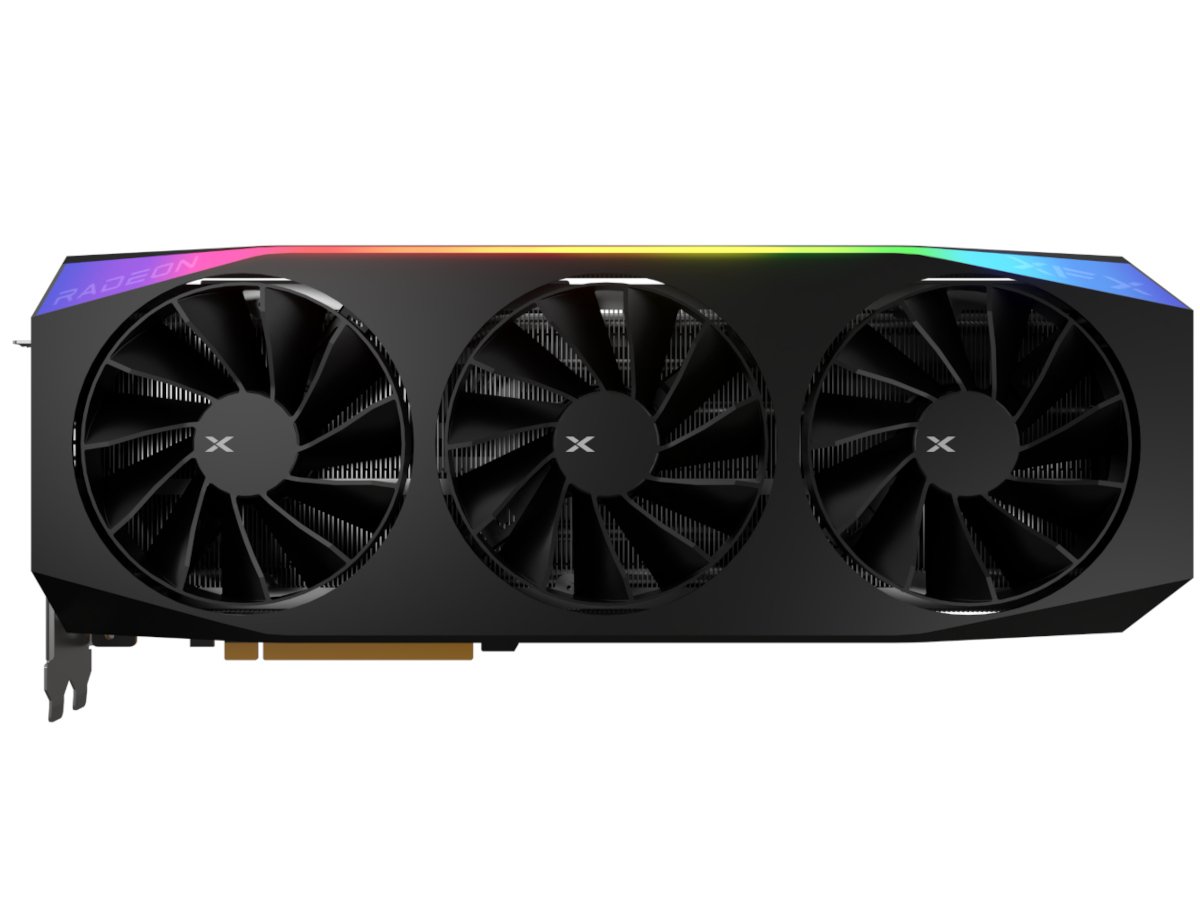
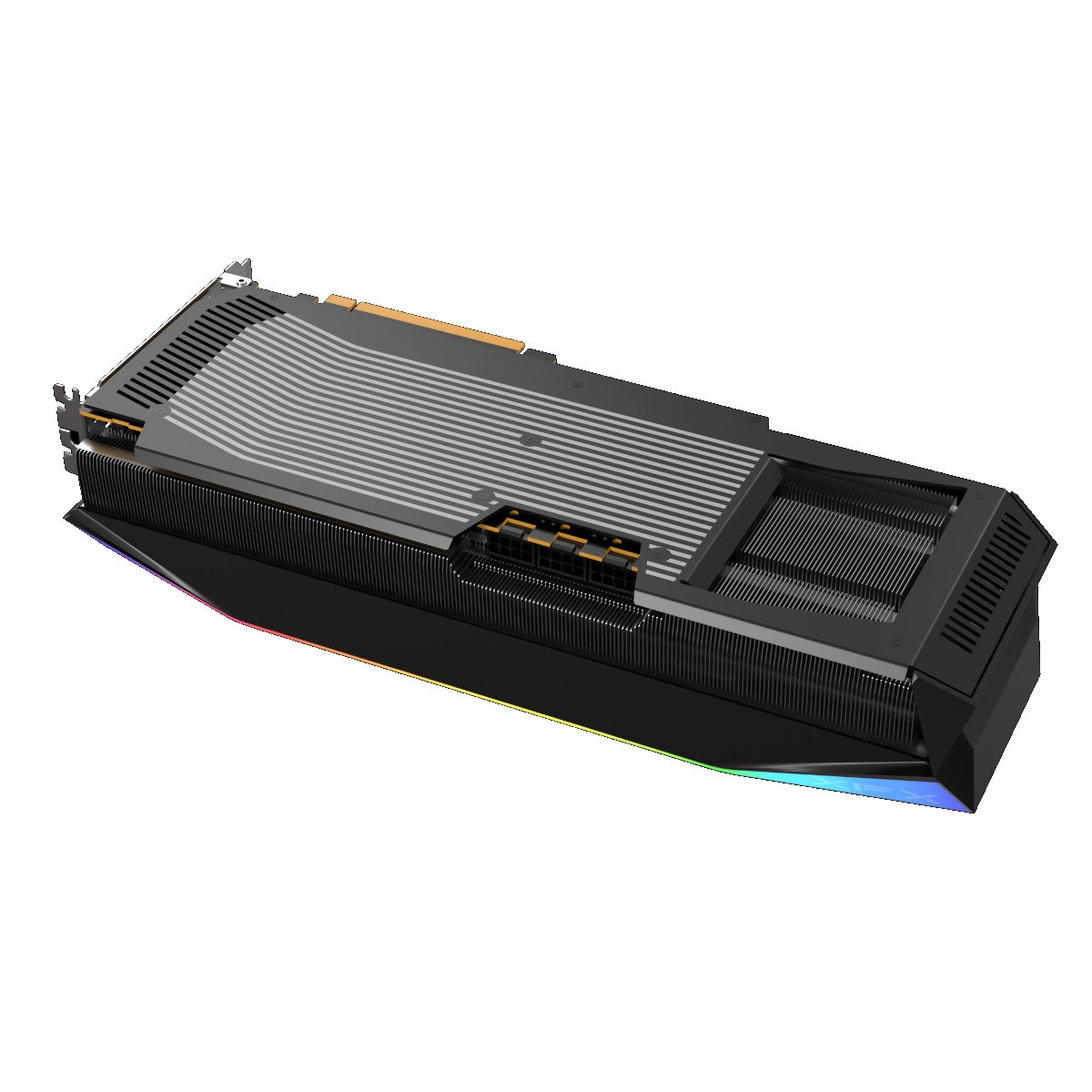
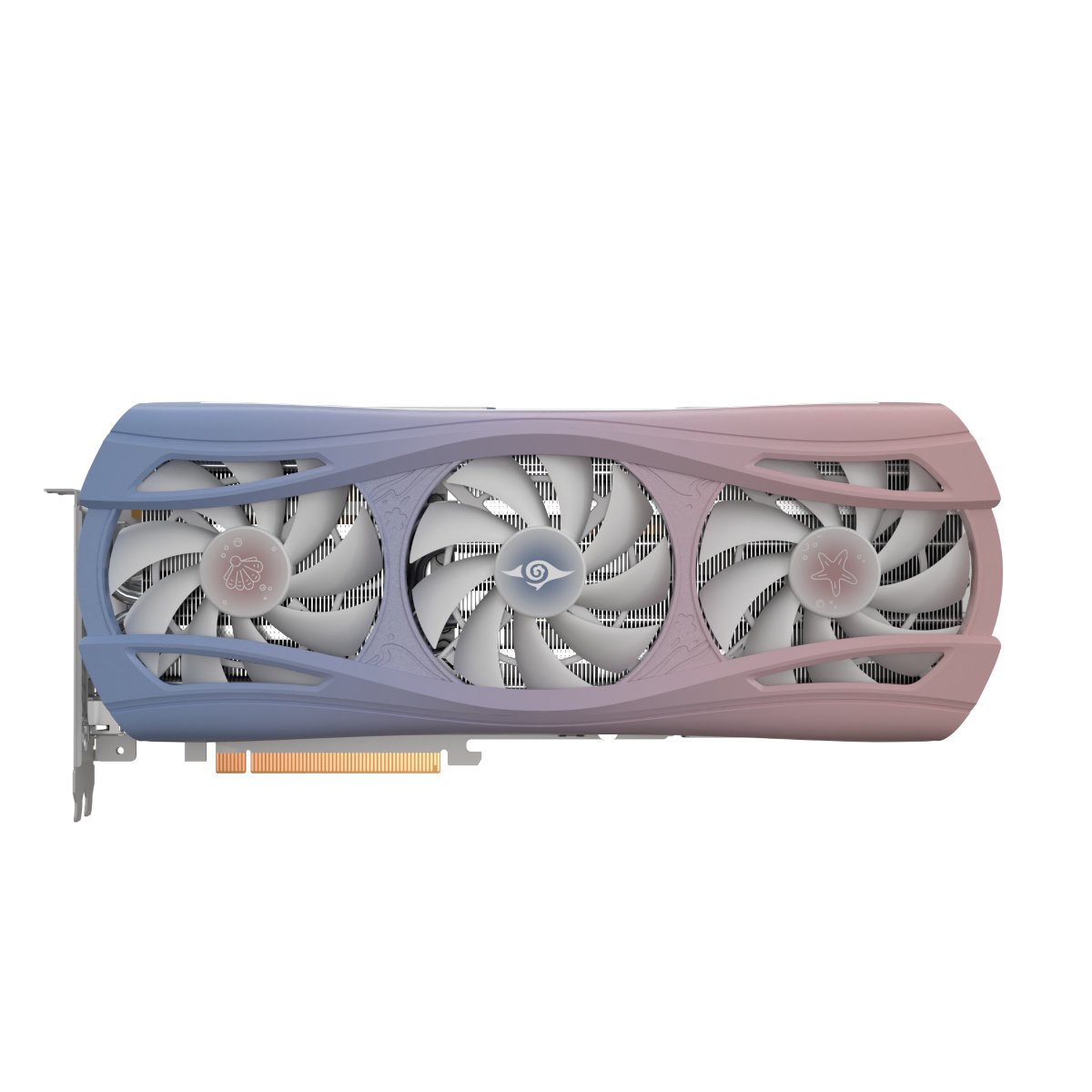
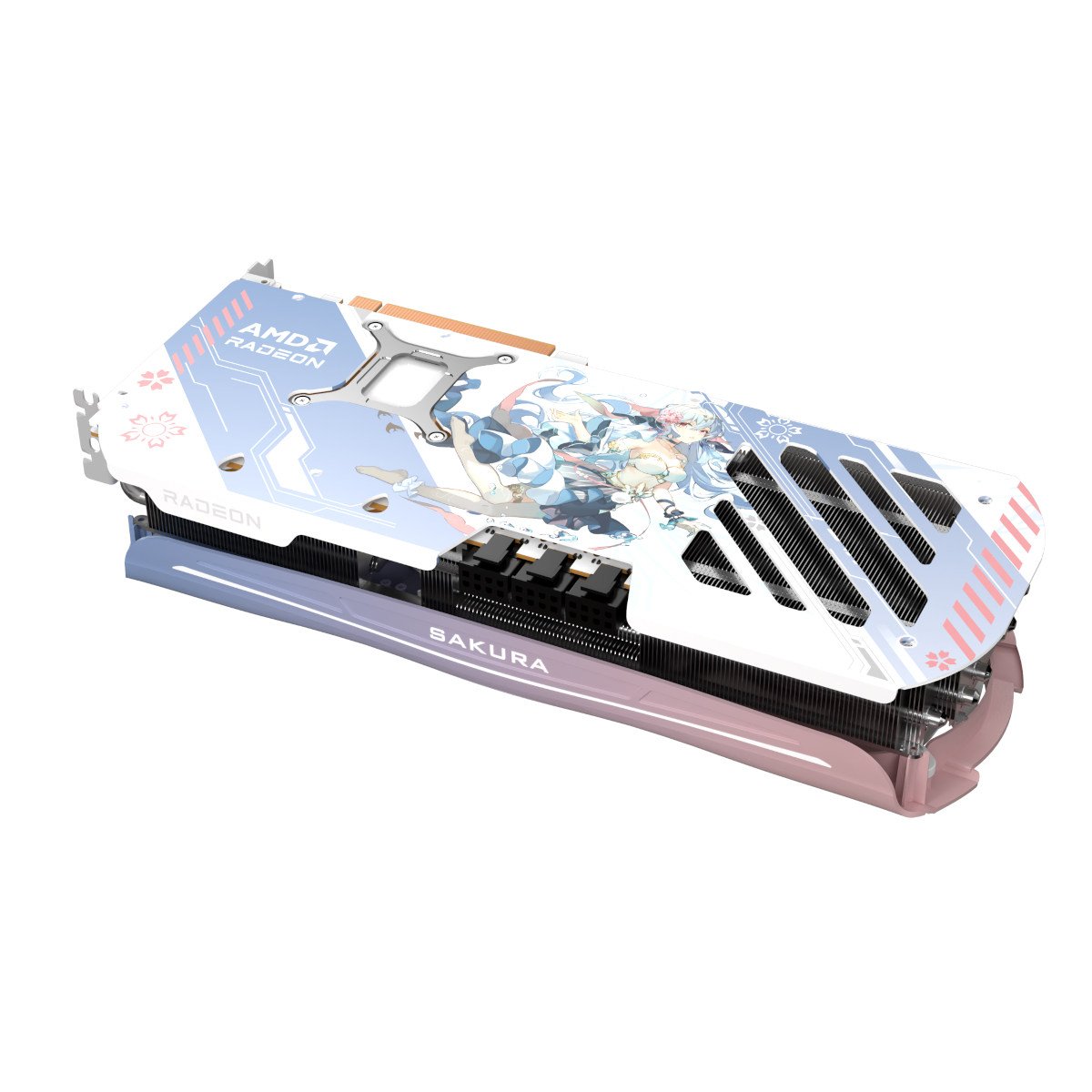
Radeon RX 9070 XT and RX 9070 launch on March 6, at $599 and $549 respectively. Both are exclusively available through partners as AMD is skipping an MBA model this time around. Expect thorough frame rates comparisons among other forms of performance from Club386 within the next week. That’s not forgetting a closer look at AMD’s RDNA 4 architecture and an assessment of FSR 4 upscaling too. Make sure to follow the site on Google News so you’ll know as soon as reviews land.


